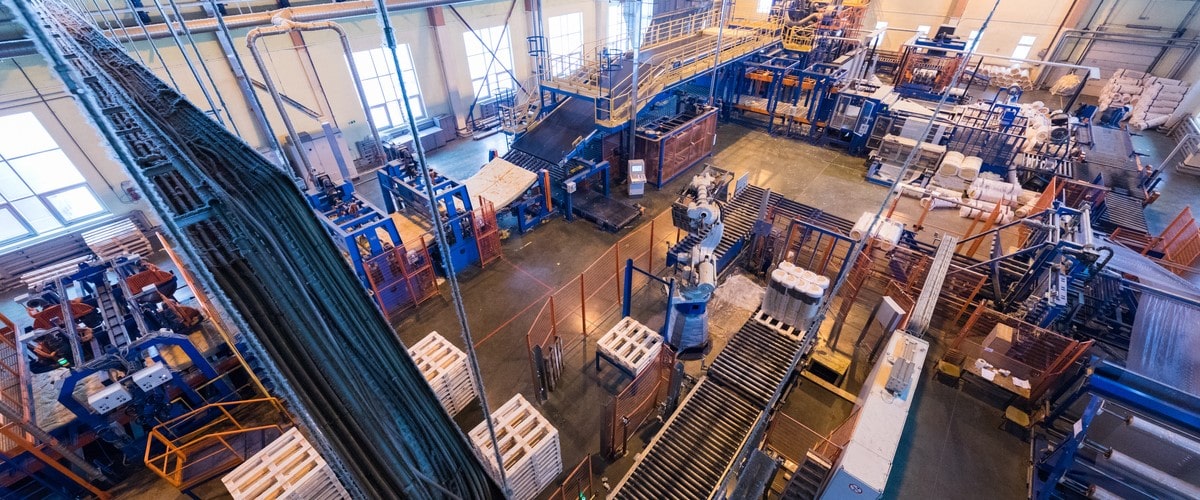Our complete guide to warehouse automation
Warehouse automation is now widely accepted as one of the most effective ways to boost ROI and increase efficiency and productivity. And yet, recent reports indicate that 90% of warehouses still rely on manual systems or have implemented only low-level automation. There is potentially a significant competitive advantage for those businesses able to invest in automation – here is our complete guide to what you need to know.
Where do you start?
Automation generally has the most benefits when it comes to repetitive and time consuming tasks that are process-driven and can be prone to error. So, the best place to start is to identify the systems in the warehouse where this description most applies. That may be the process of picking, for example, which could be significantly improved with Pick to Light technology or inventory handling and tracking that is currently manual and slow.
Using automation for optimisation
Once the basic processes that underpin the warehouse have been improved with automation there are also many opportunities to use technology to optimise operationally. For example, making better use of vertical space within a warehouse can increase its capacity and automation can significantly speed up the process of returns. The best place to begin is by revising the layout of the warehouse to enable implementation of automation focusing on functions such as product storage and inbound and outbound operations. Changes may need to be made, such as increasing aisle width and reviewing staff journeys to reduce worker travel time within the warehouse.
The necessity of barcode labels
One of the essentials of warehouse automation is integrating the use of barcode labels. Without this tracking is not possible and so the data that is necessary for to facilitate automated processes just isn’t there. Automated data collection technology has now reached a point where the potential benefits of eliminating human error are now no longer exceeded by the cost of implementation. This more affordable technology can make a big difference, from tracking the flow of inventory to using data to help optimise traffic flows.
Automated storage and retrieval
This type of automation has been refined since the 1950s and now offers huge benefits for optimisation. Rack structures, conveyors and storage and retrieval machines have many benefits, from optimising space to ensuring safe and consistent product handling and enabling regulatory compliance. Automated storage and retrieval can be designed as a bespoke solution for the specifications and goals of an individual warehouse.
Automatic Guided Vehicles (AGVs)
AGVs seemed like an incredibly futuristic technology a decade ago but are today increasingly being used in warehouses across the world. They have many benefits, from reducing labour costs to increasing efficiency and safety. Most are effectively robots that will use floor markers, wires, or laser vision technology to get around the warehouse and complete specific jobs, such as moving products on an assembly line or shifting pallets.
Warehouse automation is increasingly becoming a priority for any business serious about improving ROI and efficiency. There are many ways to implement this kind of technological change and solutions that are designed for all premises and resources.

Leave a comment